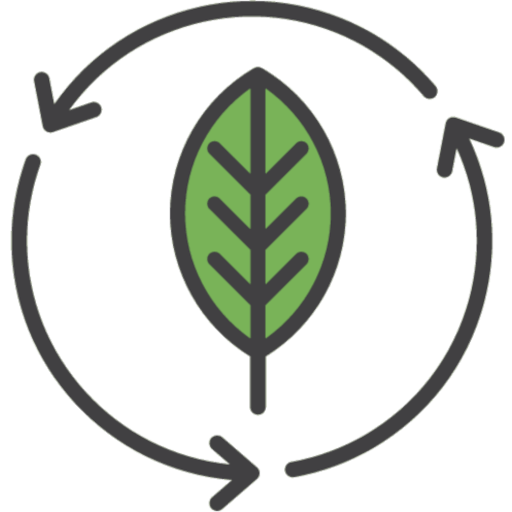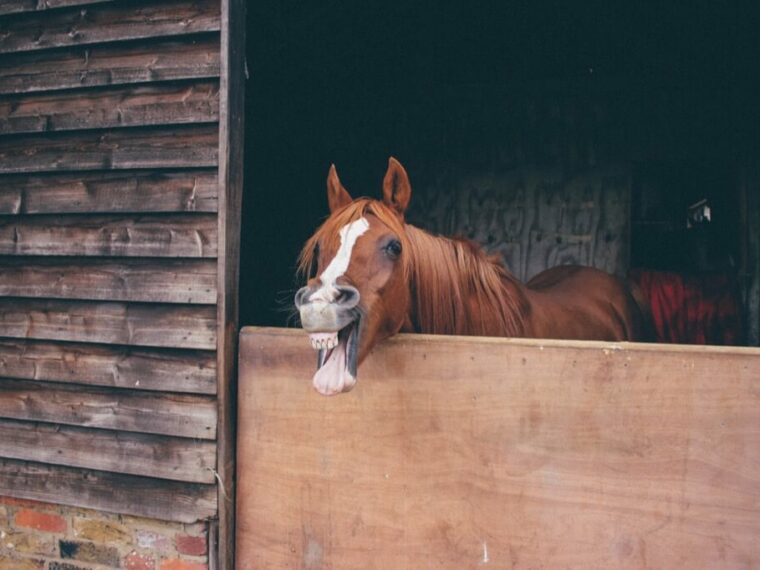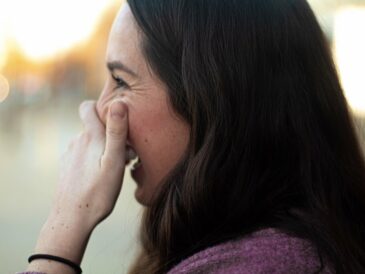Cockroaches are renowned for their incredible adaptability and resilience, traits that have given them a reputation as potential survivors of extreme conditions, like a nuclear war. However, one of their most astonishing abilities is their capacity to live without their head for an extended period – up to a week.
Unlike mammals, cockroaches don’t have a high-pressure, closed circulatory system. Thus, when a cockroach loses its head, the wound clots rapidly, preventing uncontrolled bleeding. Their heart, a simple tube-like structure, can continue to pump blood independently of their head, sustaining the body’s essential functions.
Cockroaches breathe through spiracles located in each body segment, connected to a network of tracheae that directly supply oxygen to tissues. This system is independent of the head, allowing a headless cockroach to breathe without issue.
Cockroaches are cold-blooded and have a significantly lower metabolic rate compared to humans. They can survive for long periods without food, although they ultimately need water to survive. A headless cockroach can live for about a month due to its low metabolism and reduced need for sustenance.
Cockroaches have nerve tissue agglomerations in each body segment, enabling them to perform basic nervous functions and reflexes even without their brain. This means a headless cockroach can still exhibit behaviors like standing and moving when touched.
In an almost surreal twist, a cockroach’s head can also survive for several hours when separated from its body, provided it’s given the necessary nutrients. This bizarre capability further underscores the cockroach’s robust biological makeup.
Bonus Facts About Cockroaches
- You might be surprised to learn that there are about 4,500 species of cockroaches. This diversity means that the cockroaches you encounter can vary significantly in size, habitat, and behavior. Understanding this diversity can be useful, especially if you’re dealing with a cockroach infestation, as different species may require different management strategies.
- Cockroaches are among the oldest insects, with their earliest ancestors traced back to the Carboniferous period, between 354–295 million years ago. This long evolutionary history contributes to their resilience and adaptability, a fascinating fact that highlights their enduring presence on Earth.
- Did you know that a cockroach can hold its breath for up to forty-five minutes? They can even survive submerged underwater for half an hour. This incredible ability to tolerate low-oxygen environments is part of what makes cockroaches so resilient.
- In the cockroach world, certain female species can mate just once and remain pregnant for life, continually producing offspring. Some can even continue to hatch eggs posthumously. This reproductive strategy contributes to the rapid population growth of cockroaches in conducive environments.
- Contrary to popular belief, chickens cannot live without their heads. The movements seen in headless chickens are nerve-induced reflex actions, not signs of normal functioning. This myth often leads to misconceptions about animal physiology and survival.
- Regarding head survival without a body, it’s mostly unfeasible. However, in a controversial experiment, Soviet scientist Sergei Brukhonenko reportedly kept a dog’s severed head alive briefly using a heart-lung machine in the 1920s. These kinds of experiments, while ethically questionable, were early explorations into life support systems and organ preservation techniques.
Ethical Implications of Insect Experimentation
The fact that a cockroach can live without its head raises ethical questions about the treatment of insects in scientific research. Unlike vertebrates, insects often don’t receive the same level of ethical consideration in experimental settings. This disparity invites debate on whether insects, given their complex behaviors and survival mechanisms, should be afforded greater ethical protections. The resilience of cockroaches, specifically their ability to survive decapitation, could challenge our understanding of insect sentience and pain perception.
The Potential for Cockroach-Inspired Robotics
The unique physiology of cockroaches, especially their ability to survive and function without their head, opens up possibilities in the field of robotics. Biologically inspired robotics could utilize the principles underlying cockroaches’ survival mechanisms to develop more resilient and autonomous robotic systems. However, this raises questions about the limits of bio-inspiration in technology. How far should scientists go in emulating biological phenomena, particularly from creatures as resilient as cockroaches, without fully understanding the ethical and environmental consequences?
Cockroaches and Human Perseverance
The survival ability of cockroaches, particularly their headless existence, metaphorically reflects human perseverance and resilience in the face of adversity. However, this comparison can be contentious. Some might find it inspiring, to see a parallel between human survival instincts and the cockroach’s biological resilience. Others might argue that drawing such parallels trivializes human challenges and resilience, reducing complex emotional and psychological experiences to mere biological survival.
Climate Change and Cockroach Survival
Cockroaches’ ability to survive extreme conditions, including living without a head, makes them particularly adaptable to various environments. This adaptability becomes a topic of interest in the context of climate change. As global temperatures and environmental conditions shift, will cockroaches become even more predominant, potentially upsetting ecological balances? This topic debates the future role of resilient species like cockroaches in an era of significant ecological change and the subsequent impact on biodiversity.
The Role of Cockroaches in Public Health
Cockroaches are often unwelcome in human habitats due to their association with unclean environments and their potential to spread disease. Their resilience, including the ability to live without a head, adds another layer to this issue. It raises questions about the effectiveness of traditional pest control methods and the potential need for more innovative approaches. Moreover, there’s a debate about the public health implications of cockroach infestations in urban areas, especially considering their adaptability and resilience in various environments, including the ability to survive extreme bodily harm.
Cockroach Statistics
- The global population of cockroaches is estimated to be a staggering 1 to 2.8 trillion. These numbers, though approximate, reflect the immense adaptability and reproductive capabilities of these insects. In the United States alone, cockroach infestations impact around 14 million households, with certain cities like Houston experiencing a particularly high incidence, where over 37% of residents report roach issues.
- The German cockroach, prevalent in the United States, exhibits notable reproductive traits. Females of this species can produce between four to eight egg capsules in their lifetime, each containing multiple offspring. This high reproductive rate is a key factor in the rapid spread and infestation potential of this species.
- Cockroaches have an incredible ability to survive without sustenance: they can live up to 30 days without food and up to 10 days without water. This survival capability, combined with their ability to live for a short period without their heads, underlines their resilience and adaptability in various environments.
- Cockroaches are known to be potential mechanical vectors for various pathogenic protozoan and helminth parasites. Studies have found a 46.4% prevalence rate of parasitic infestation on the external body surface of cockroaches, with protozoa and helminths being the most common. This underscores the public health concerns associated with cockroach infestations.
- Cockroach sizes vary dramatically across different species. For instance, the Gisborne cockroach, one of the largest species in New Zealand, measures up to 4.5cm in length. In contrast, the South American Megaloblattalongipennis is the world’s largest cockroach, reaching up to 9.7cm in length with a wingspan of 20cm. This size variability is a testament to the vast diversity within the cockroach family.
The ability of a cockroach to live without its head is a testament to its extraordinary biological adaptations, making it one of the most resilient creatures on Earth.





